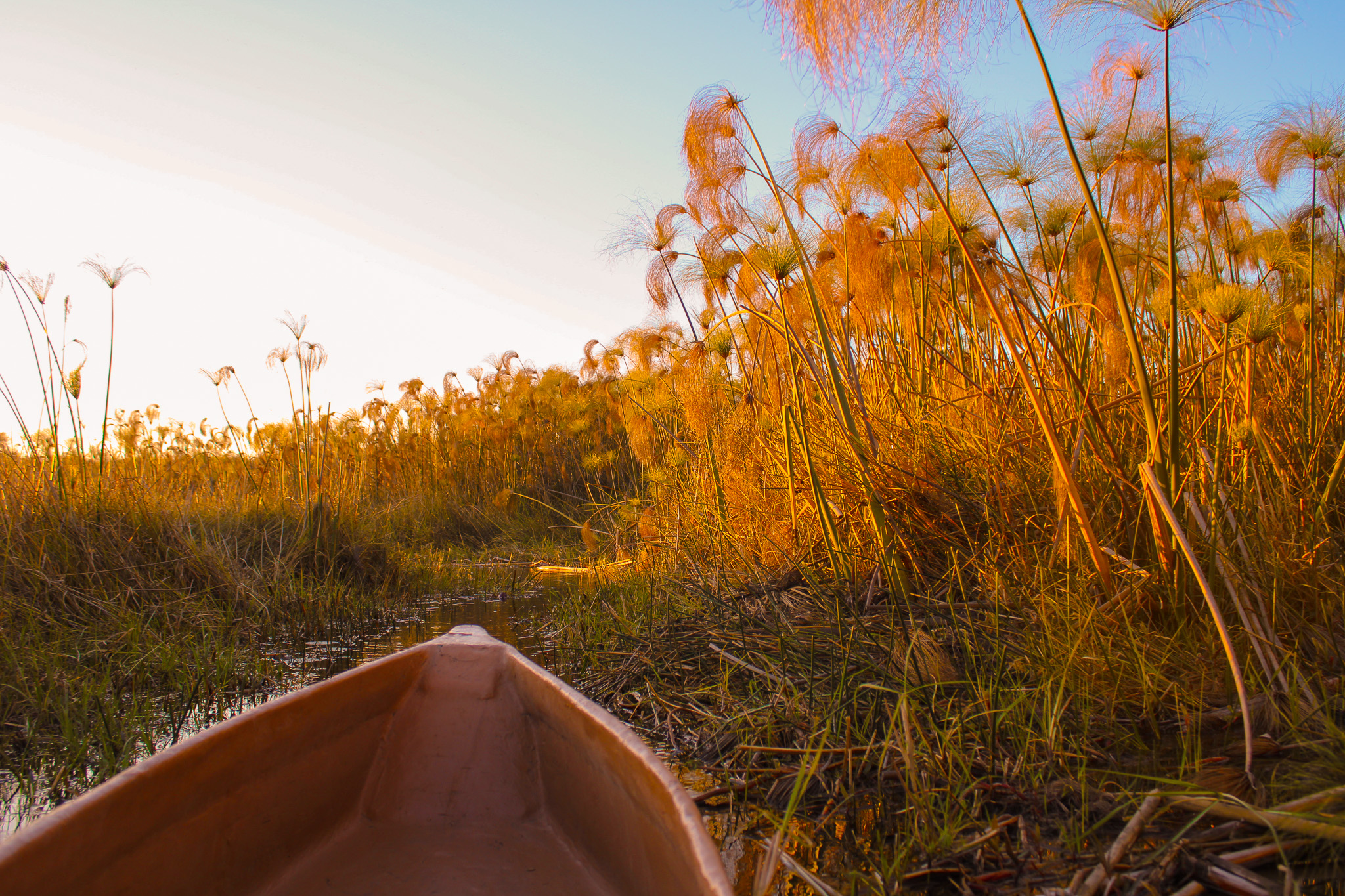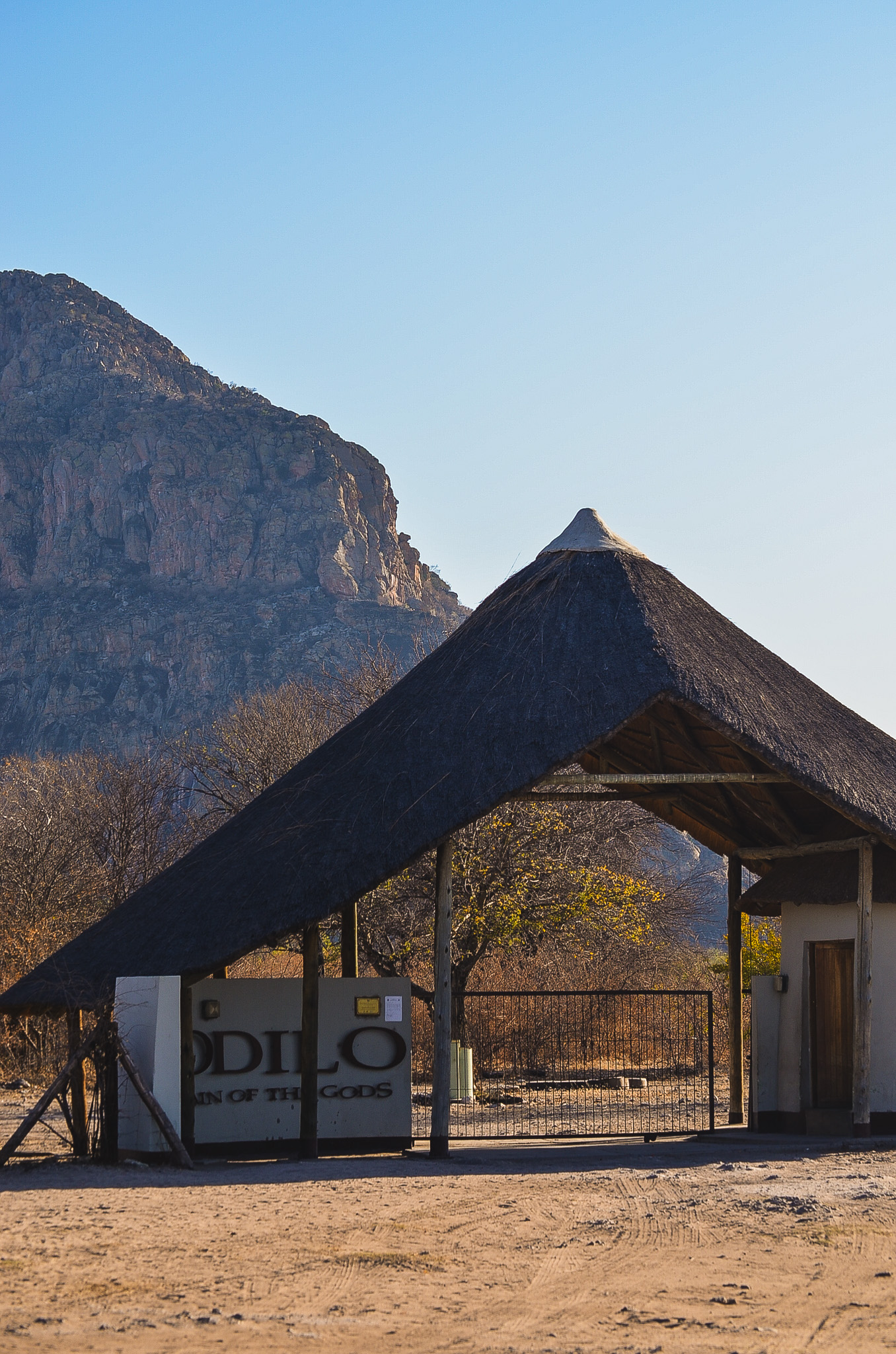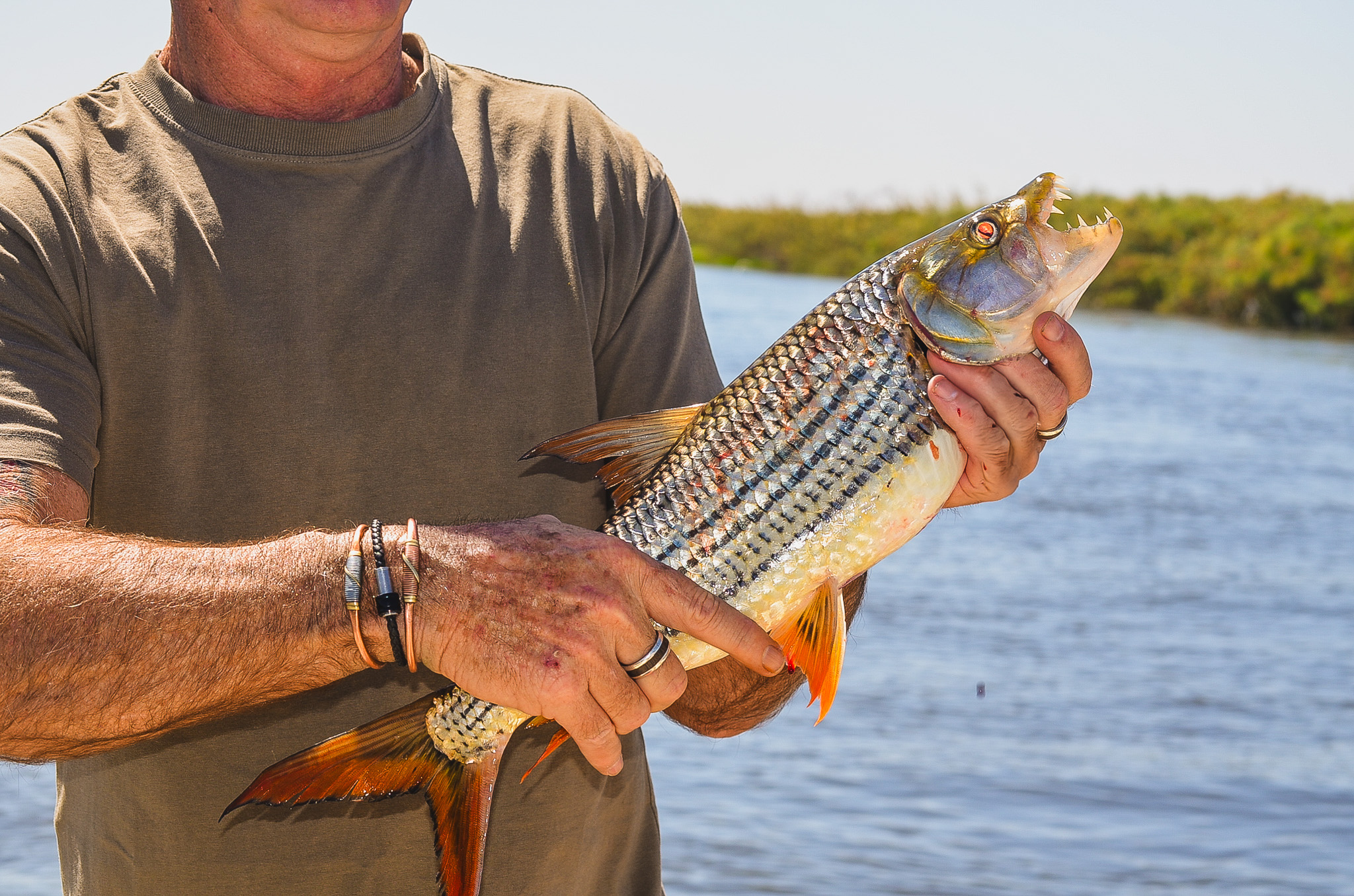The Story of Mr. Randall: Creator of the First Fiberglass Mokoro at Nguma Island
Tucked away in the heart of Botswana’s Okavango Delta lies a remarkable story of innovation, conservation, and tradition. Nguma Island Lodge, situated along the tranquil waterways of the delta, is not just a gateway to explore one of the world’s most pristine ecosystems—it’s the birthplace of a significant environmental achievement, thanks to the vision of one man: Geoff Randall, the creator of the first fibreglass mokoro.
A Mokoro for the Future
The mokoro is a traditional dugout canoe that has been used for centuries by the indigenous people of the Okavango Delta to navigate the labyrinth of channels and lagoons. These canoes, traditionally carved from large trees, especially the sausage tree (Kigelia Africana), were not only integral to local livelihoods but also to the visitor experience. Gliding silently along the water, the mokoro offers an intimate perspective of the delta’s wildlife and landscape.
However, this age-old tradition came at a cost. Each mokoro required a mature tree, and as tourism in the delta grew, so did the demand for mokoros. Recognizing the strain this was placing on the environment, Mr. Randall made a promise to his daughter Sharon that he would find an alternative to chopping down age-old trees. His and Sharon’s deep passion for the delta and its conservation, sought a solution that would both preserve the mokoro tradition and protect the delta’s delicate ecosystem.
The Birth of the Fiberglass Mokoro
In the early 1990s, Mr. Randall had a revolutionary idea: What if mokoros could be made from fiberglass instead of wood? Fiberglass is lightweight, durable, and perfectly suited to mimic the traditional design and function of a wooden mokoro, without the environmental impact. After much trial and error, he successfully crafted the first fiberglass mokoro on Nguma Island.
The introduction of fiberglass mokoros was a game-changer. Not only did it significantly reduce the need for tree-cutting in the delta, but it also allowed for a more sustainable way for local guides and tourists to explore the waters. The fiberglass mokoros quickly gained popularity for their durability and lightness, requiring less maintenance than their wooden counterparts.
A Legacy of Conservation
Since Mr. Randall’s innovation, it is estimated that over 7,000 trees have been saved from being felled for mokoros. His creation has allowed the tradition of the mokoro to continue in harmony with the needs of the environment, protecting the delta’s natural beauty for future generations.
Today, visitors to Nguma Island Lodge can experience the magic of the delta from one of these very mokoros, knowing that their journey through the waterways is not only a unique adventure but also a part of a larger story of environmental stewardship.
Continuing the Tradition at Nguma Island Lodge
At Nguma Island Lodge, Mr. Randall’s legacy lives on. The lodge offers guests the chance to experience mokoro trips, where they can immerse themselves in the serenity of the delta. The fiberglass mokoros provide a smooth, silent glide through the shallow waters, offering unparalleled opportunities to spot wildlife such as hippos, elephants, and a variety of bird species.
For those curious about the history of the fiberglass mokoro, Nguma Island Lodge’s owner, Mr Randall’s wife, surviving family and the knowledgeable guides are always eager to share the story of Mr. Randall’s innovation and the positive impact it has had on the region.
A Sustainable Future
Mr. Randall’s invention of the fiberglass mokoro is more than just a clever design—it is a testament to the power of innovation in preserving both culture and the environment. His contribution to the Okavango Delta has ensured that the delicate balance between tourism and conservation can be maintained, allowing the mokoro tradition to thrive for years to come.
So, the next time you find yourself gliding across the still waters of the Okavango Delta, remember the story of Mr. Randall, a man whose vision and ingenuity have left an indelible mark on one of the world’s most cherished natural wonders.





Leave a Reply